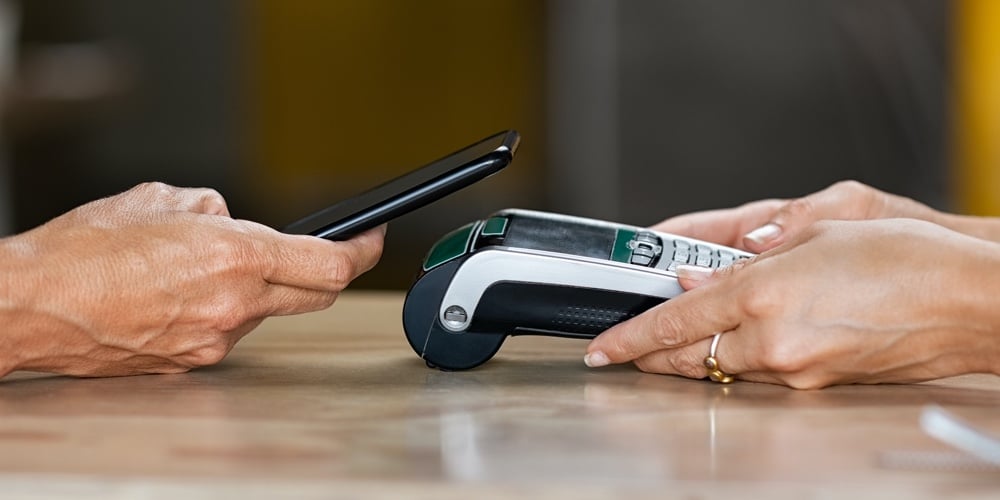How FIs can keep big techs from dominating contactless payments
Consumers worldwide are showing a preference for secure contactless payment options, and tech giants are trying to corner a lion’s share of these transactions. But 'host card emulation' can help simplify the matter for banks and credit unions.

If there is one word that has kept the banking and fintech industry awake (apart from “COVID-19,” that is) it would be ‘Contactless’. Payment options that reduce the number of interactions, while minimizing or eliminating any kind of contact, are going to define the way transactions are done in the post-COVID-19 world.
A forecast on contactless payments by analyst firm Juniper Research estimates that global contactless transaction values will triple from $2 trillion in 2020 to $6 trillion in 2024. Service providers from different industries are after this pie. Banks and card issuers globally are offering contactless cards and mobile tap and pay options to consumers. OEM pays like Apple Pay, Samsung Pay and Google Pay are spurring contactless payment adoption in many countries. In Africa, Mobile Network Operators have made contactless payments at merchants possible with mobile wallets like M-Pesa, Airtel Money, Orange Money, EcoCash and MTN MoMo. In Asia-Pacific, fintechs and start-ups like Alipay in China, PhonePe and Paytm in India, GrabPay in Singapore, Malaysia and Philippines have leveraged QR Codes to transform the payments landscape. With rise of the pandemic and people preferring hygienic no-touch payments, all these contactless payment services have seen significant growth in transactions.
Various surveys done in 2020 during the pandemic reveal that many consumers are wary of touching publicly shared point of sale devices. This has stimulated the use of contactless cards and mobile tap and pay NFC services (virtual versions of physical cards on an NFC enabled mobile phone used to make payments at NFC POS), which provides consumers a safer, cleaner and faster way to pay, with control over physical proximity.
continue reading »




